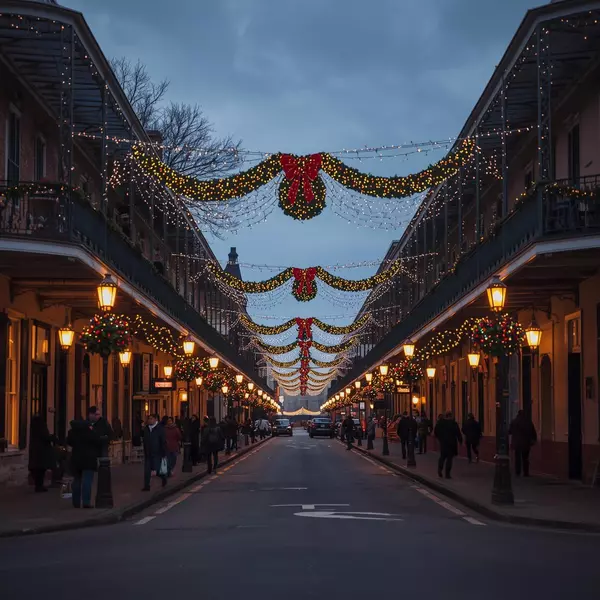What’s the History Behind Mardi Gras?

Mardi Gras actually dates all the way back to an event called Lupercalia. This event was a circus-like orgy held in Rome every February.
However, when the early Church fasters realized they couldn’t just give up their pagan customs, they changed the event into what was known as Carnival. It became a period of merriment marking the beginning of the season of Lent.
How it Got to North America
In 1699, Iberville, a French explore was exploring the Mississippi River from the Gulf of Mexico. About 60 miles to the south of where New Orleans is located today, Iberville and his men set up camp on the western bank of the river. It was March 3rd, which was a major holiday in France, so they decided to christen the site Point du Mardi Gras.
The late 1700s brought pre-Lenten balls and events throughout New Orleans. When the French ruled the area, masked balls were very popular, but the Spanish later took over and outlawed such events.
When New Orleans became an American city in 1803, the ban was still in effect. However, in 1823, the Creole population took over and balls were once again permitted. It was only four years later when street masking became legal in New Orleans.

The Early 19th Century
During the early 19th Century, the celebration of Mardi Gras became public with maskers on food, horseback and in carriages. Costumed revelers started the first documented “parade” during 1837, but Mardi Gras was once again cancelled due to the violence of maskers over the next 20 years.
The Comus Organization Saves Mardi Gras
Started by former members of the Cowbellians, the Comus organization began in 1857 and rescued Mardi Gras from prohibition. These men made the celebration beautiful again and safe enough for everybody to enjoy. They also coined the word “krewe” and are responsible for many of the Mardi Gras traditions of today. This group of men also formed a secret Carnival society and presented a parade with floats, a tableau ball and costumed maskers.
Rex or the King of Carnival became a popular tradition in 1872 due to a visit by the Russian Grand Duke Alexis Romanoff. This King of Carnival became known as the symbol of Mardi Gras and Rex presented the first daytime parade, along with selecting the colors purple, green and gold for Carnival.

A Bit More History of Mardi Gras
- Krewe of Proteus debuted in 1882
- The Jefferson City Buzzards (a marching club) was formed in 1890
- Original Illinois Club (The first black Mardi Gras organization) started in 1894
- Les Mysterieuses (the first female group) was founded in 1896
- It snowed on Fat Tuesday in 1899 in New Orleans
- Zulu debuted as one of the most popular krewes of the early 20th century
- Carnival was cancelled in 1918 and 1919 due to World War I
- Mardi Gras survived through the Prohibition in the 1920s and the Great Depression in the 1930s
- The first Alla parade was held in 1934
- The Krewe of Hermes was organized in 1937
- The Knights of Babylon were organized in 1939
- Carnival was cancelled four times due to World War II
- Louis Armstrong rode as the King of the Zulu parade in 1949
- The Duke and Duchess of Windsor attended the 1950 Comus ball
- Much of Carnival was cancelled in 1951 due to the Korean conflict
- The Zulu Parade was the main attraction for 1969
- The Krewe of Bacchus debuted in 1969, introducing the first “super krewe” parade and a supper dance in place of the traditional ball
- 18 new parading Krewes were introduced in the 1970s
- New parade permits were capped keeping the event from expanding in the 1970s
- Mardi Gras parades in Orleans Parish were cancelled due to a police strike in New Orleans in 1979
- 28 new parades debuted in the 1980s
- More than 600,000 people were attending parades for Mardi Gras by 1989
- A Mardi Gras Task Force was formed in the 1980s by the Mayor of New Orleans
- Tourism during Mardi Gras grew tremendously throughout the 1980s
- The economic impact of Mardi Gras surpassed $500 million in the 1990s
Mardi Gras has a rich history and has been through quite a bit since the beginning. Even just tracing the history from the first true celebration in New Orleans shows plenty of strife and struggle. However, it has survived and today, Mardi Gras thrives.
Categories
Recent Posts










